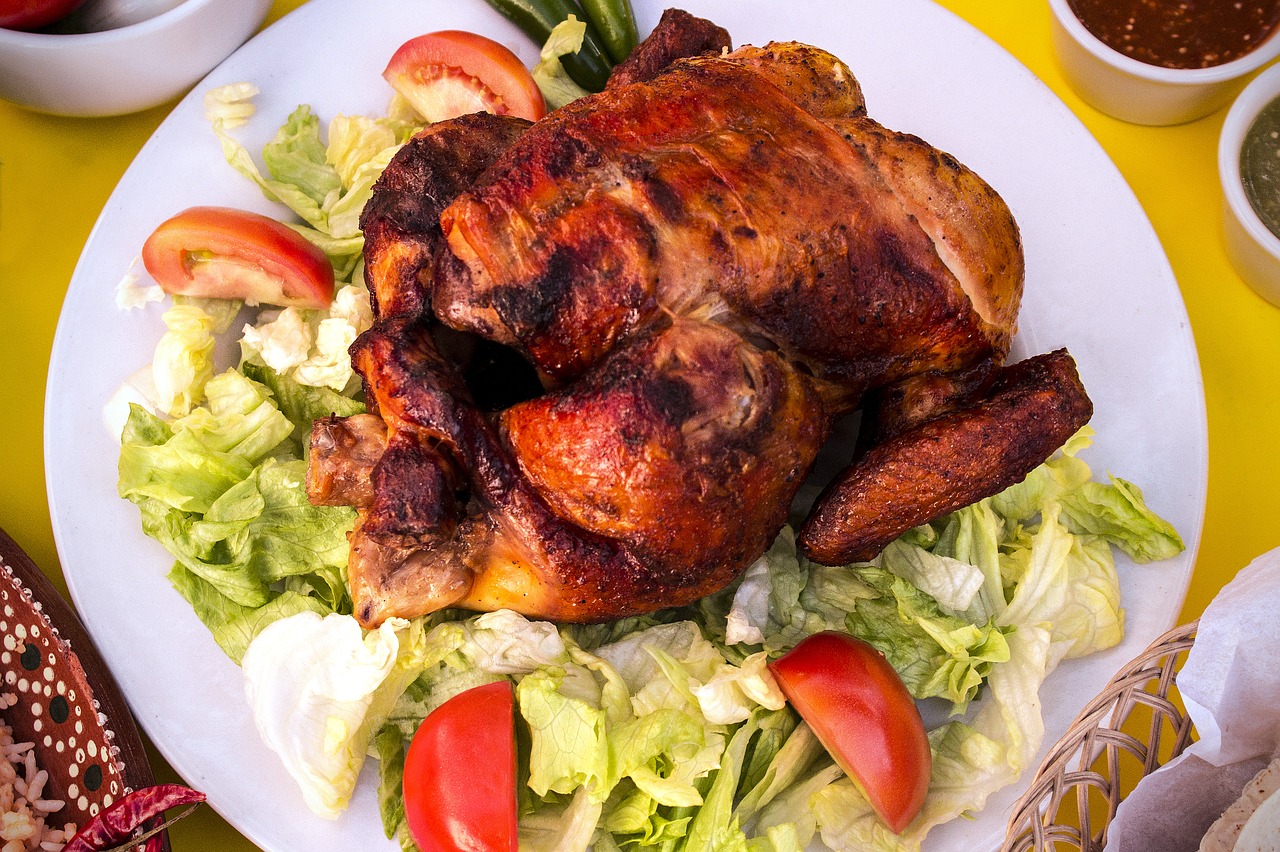KUALA LUMPUR, Nov 4 – Changing eating habits during the Aidilfitri season may contribute to increased health risks, says new research, as Malaysians shift from traditional Malay cuisine to modern dishes.
Universiti Kebangsaan Malaysia’s Institute of the Malay World and Civilisation (Atma) fellow researcher and linguistic specialist Junaini Kasdan and her team recently conducted a study on dietary patterns and health risks based on Twitter users’ choice of words, which took place during Aidilfitri in June this year.
“We focused specifically on food consumption during Raya by singling out non-food related Raya discussion topics, eventually collecting the information from over 100 users who frequently tweeted about what they ate and how many open houses they went to,” Junaini said, as quoted by Malay Mail.
A textual and semiotic analysis of the data collected indicated that far more food and dishes are being consumed during Aidilfitri, than would be considered healthy.
“It is common to see words like ‘15 sticks of satay’, ‘three plates full’, ‘going for second to fourth open house’, and even humorous terms like ‘food overdose’, and ‘kumpul lemak lagi’ (gathering fat again) by Twitter users when discussing what they ate for Raya,” Junaini said.
“Using the information collected from studies conducted by the Health Ministry and nutrition experts in the past decade, potential health risks in the immediate aftermath of Raya include damage to blood flow, retardation of the body’s metabolism, slowed organ functions, among others,” she added.
Junaini also reportedly said modern fare served during Aidilfitri had more calories than traditional Malay food, as she found Malaysians consuming more food from other Western and Asian cultures during the Muslim festival like Arabic roasted mutton, Korean kimbab, Thai miang kham, Chinese dim sum, and Italian lasagne and spaghetti. Agar-agar merah and basil water were replaced with fruit punch and cream puffs, and tarts being preferred over kuih lapis.
The change in trend is bad news, as Malaysia has been previously referred to as the country with the highest rate of obesity in the region.
Almost half of the adult population in Malaysia aged 18 and above were overweight and obese, according to the National Health and Morbidity Survey 2015. About one of three adults were overweight (30 per cent), while 3.3 million adults were obese (17.7 per cent).








